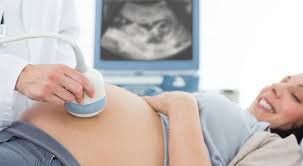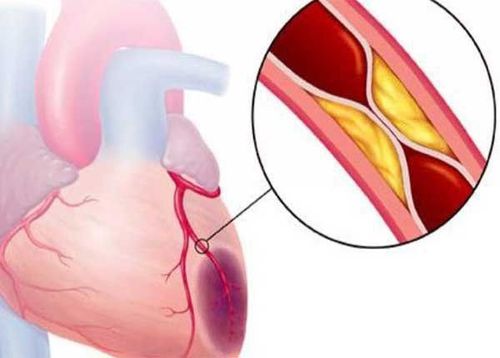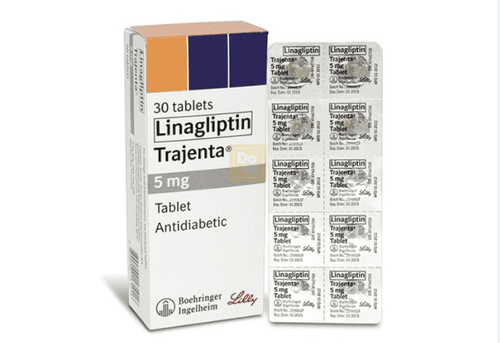This is an automatically translated article.
Preeclampsia - eclampsia can occur any time after 20 weeks of pregnancy and up to 6 weeks postpartum. Preeclampsia increases the risk of stillbirth, preterm birth, and malnutrition in later life.1. What is preeclampsia?
Preeclampsia is high blood pressure caused during pregnancy with a frequency of 2 - 5%. Along with bleeding and infection, preeclampsia is one of the top three causes of maternal death. Not only dangerous for the mother, preeclampsia is also one of the main causes of neonatal mortality because of the risks of preterm birth due to early termination of pregnancy on the background of fetal malnutrition.Preeclampsia is a very serious pregnancy complication caused by high blood pressure and signs of damage to other organs, usually the kidneys. Pregnant women who have normal blood pressure can also develop preeclampsia by the 21st week of pregnancy. A slight increase in blood pressure can also be a sign of preeclampsia. If not treated promptly, the disease can lead to eclampsia causing life-threatening complications for both mother and baby.
Some risk factors for preeclampsia include:
History of preeclampsia Maternal age over 40 years Family history of preeclampsia Obesity Multiple pregnancy History of: chronic hypertension, disease diabetes mellitus, kidney disease, systemic disease (eg, lupus erythematosus)

Huyết áp cao có thể gây tiên sản giật
2. Tests to do to diagnose preeclampsia
Clinically, the severity of preeclampsia can be assessed by considering its effects in six major areas: central nervous system, kidney, liver, hematologic and vascular systems and fetal - placental unit. By assessing each one of these ranges for the presence of mild, moderate, or severe preeclampsia, relevance can be assessed and an appropriate management follow-up plan can be established. and it is combined with the assessment of gestational age.Similar to hypertension, preeclampsia often has no obvious symptoms before it becomes serious. Therefore, pregnant women need to regularly measure blood pressure for early diagnosis and timely treatment. When determining that a pregnant woman has a blood pressure of over 140/90 mmHg, the doctor may conduct a number of tests such as:
2.1 Blood tests The doctor will base on the results of blood tests to assess liver and kidney function. . At the same time, the amount of platelets in the blood (which holds the function of blood clotting, wound healing) will also be clearly shown.
Blood tests will help detect syndromes like HELLP and kidney damage. HELLP stands for hemolysis (the destruction of red blood cells), elevated liver enzymes, and platelet count. Manifestations of HELLP syndrome include nausea and vomiting, headache, and right upper abdominal pain. Too much uric acid in the blood is often the earliest sign of preeclampsia.
2.2 Urinalysis A 24-hour urine sample will allow your doctor to measure the protein-to-creatinine ratio, the amount of protein excreted in the urine – important values for the extent of preeclampsia. If protein is too high, above 300 mcg, it is a sign that the kidneys have been damaged by preeclampsia.
2.3 Fetal ultrasound Ultrasound during pregnancy not only reflects the development of the fetus, but also helps doctors estimate the weight of the fetus, the amount of amniotic fluid in the uterus.
2.4 Fetal health measurement This is a simple technique to measure the fetal heart rate during movement. When combined with data from fetal ultrasound, this technique creates a biophysical profile of the breathing activity, fetal movement and the amount of amniotic fluid in the uterus.
Besides, the doctor may order the following tests:
Electrolyte and alkaline reserve. Overall bleeding coagulation function. Check the bottom of your eyes

Siêu âm thai
3. Who needs to be tested for pre-eclampsia
Preeclampsia usually appears between 25 and 28 weeks of pregnancy. The causes of preeclampsia in pregnant women are high blood pressure and excess protein in the urine. In addition, the diagnosis of pre-eclampsia in pregnant women is also caused by causes such as: Anemia in the uterus, a problem with the immune system, not eating enough nutrients...Common symptoms when pregnant women are pregnant Preeclampsia such as: Excessive swelling in the legs, persistent headache, sudden weight gain of 1-2kg/week, severe abdominal pain, vomiting, severe back pain, anxiety, fear, difficulty breathing, confusion vision...
People who are susceptible to preeclampsia include: Women over 40 years old and under 20 years old, with a history of high blood pressure, gestational diabetes, autoimmune disorders, lupus or ovarian syndrome polycystic egg, obesity, first pregnancy, twin pregnancy, multiple pregnancy...
Not only dangerous for pregnant women, pre-eclampsia is also one of the main causes of neonatal death because of the risks. risk of preterm birth due to early termination of pregnancy on the background of fetal malnutrition, risk of stillbirth, intrauterine growth retardation
If you experience symptoms such as severe headache, blurred vision, severe stomach pain and difficulty breathing, you need to see a doctor immediately.
Maternity package i at Vinmec International General Hospital is a high-quality maternity care service, with a full range of antenatal check-ups, periodical 3D and 4D ultrasounds and routine tests to ensure ensure the mother is always healthy and the fetus develops comprehensively. Pregnant women will be consulted and checked for health under the close supervision of experienced and specialized obstetricians, helping mothers gain more knowledge to protect their health during pregnancy as well as minimize complications affecting mother and child.
Please dial HOTLINE for more information or register for an appointment HERE. Download MyVinmec app to make appointments faster and to manage your bookings easily.













